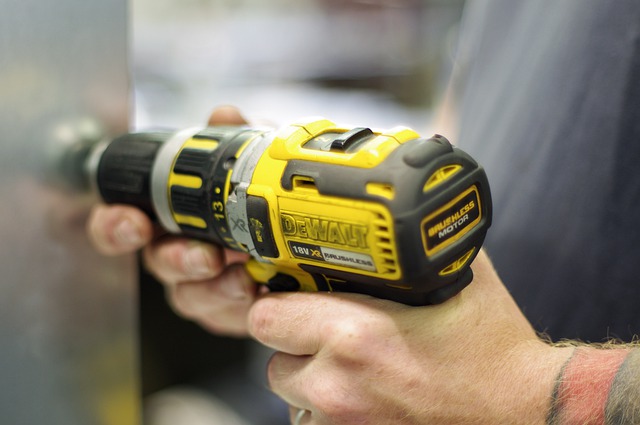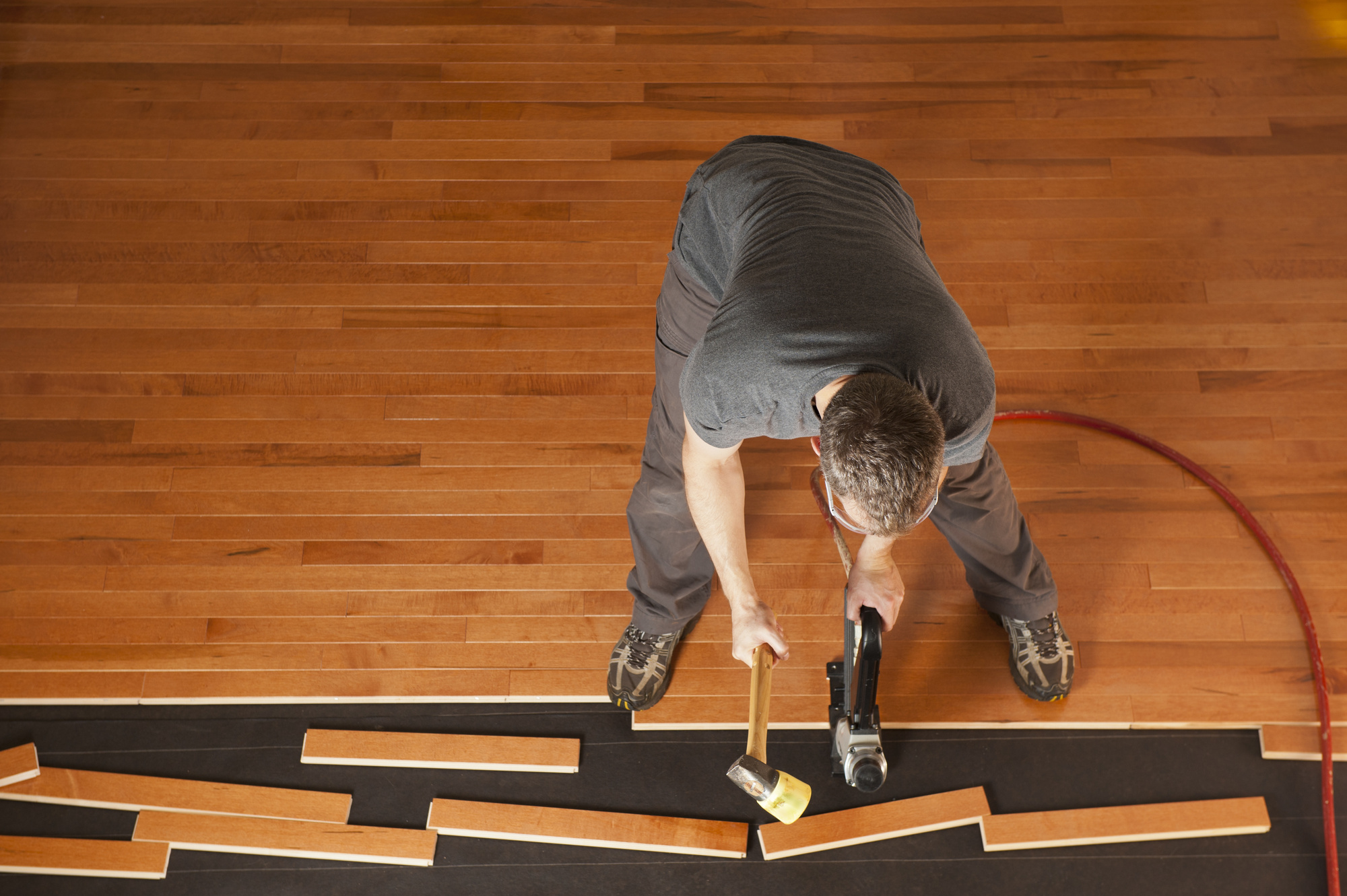Have you ever wondered how you might become a DIY pro and absolutely boss it on your personal property (or real estate portfolio)?
Well, it turns out there’s a method to the madness. You don’t necessarily have to learn by trial and error, as most people do. Instead, you can follow a proven strategy that teaches you all the essential skills from the ground up, allowing you to take on virtually any project for your home, whether something simple like fixing the kitchen faucet to full-blown insulation installation.
MORE NEWS: 12 Arizona companies make Healthiest 100 Workplaces in America list
Smart Small
The first thing to remember is the importance of starting small. You want to build your confidence over time so you don’t get stressed out when you feel you’re having to take on larger projects.
Starting small could be something as simple as assembling furniture or replacing light bulbs. Just these simple tasks remind you that you can do things and you don’t always have to call on expert outside help.
Then, once you’ve done that, you can move on to more complex tasks. The next step could be wallpapering or painting a child’s bedroom. Again, you don’t have to spend a fortune on bringing someone in to do it for you.
Invest In Quality Tools
The next step is to invest in some quality tools. Having the right gear on hand makes it easy for you to take on tasks without feeling like you’re having to cut corners because you lack suitable equipment.
For example, you could buy electric saws that take care of all cutting tasks for you. You could also buy a drill for fitting art to walls, or measuring tape for deciding on furniture sizing. A utility knife, pliers, screwdrivers, hex keys, hammers, and nail sets can all come in handy.
Once you have quality tools, you will feel more confident in taking on projects. You won’t be fighting against the tools themselves and trying to get them to do what you want them to do. Instead, they’ll have a professional feel, allowing you to get more done than you ever thought possible.
Learn From Others

Once you have the tools in hand, the next step is to learn from others. Often, other people are the best guides when it comes to using tools and setting them up for a day of work.
Therefore, focus on watching YouTube videos of DIY pros taking on projects. These can be illuminating and often provide insights into what they do and how you can copy them. These are critical because they show you literally how to operate these tools and what’s the best way to use them.
At the same time, it also helps to join online DIY communities. These often have geeks in them who can offer advice and guidance on complex tasks.
These are particularly helpful if you’re taking on something that is notoriously challenging. These communities can provide you with expert tips or even guide you through a specific project, helping you learn faster.
Repurpose Items
DIY isn’t just about building new things or ripping out kitchens. It’s also about repurposing older items and bringing them up to standard.
You see this all the time with old chairs online. But the more skilled you become, the more likely you are to make headway with other items and save money. Just think about how much you could reduce your spending over the long term.
Keep A Notebook
As you’re working, it’s also a good idea to get into the habit of keeping a notebook. This can be a great way to remember what you’ve done in the past so you can use it again in the future.
Keeping a notebook and listing materials used, what worked, and what didn’t, is one of the best ways to plot a course forward. You can actually learn from your mistakes using this method and write down where you thought you were shining, and where you weren’t.
If you can do this well, you can often accelerate your personal learning process. Instead of making mistakes multiple times, you can circle back, reflect, see where you went wrong, and then make any necessary corrections.
Measure Twice, Cut Once
While it might sound like clichéd advice, measuring once and cutting twice is critical to becoming a DIY pro. Because every project is unique, it is essential to get into this habit so you don’t wind up making annoying mistakes that cause you to waste materials.
When measuring, you’ll want to take errors into account. Make sure you use a tape measure to estimate the lengths of rooms, materials, and furniture accurately.
If you make a small mistake, ensure that it is in a direction that increases the likelihood you can correct it. For instance, it is usually simpler to remove additional material than it is to add it back later. For example, cutting a kitchen countertop too long is usually okay, but cutting it too short is a big problem.
Master Plumbing, Carpentry, And Electrical Work Basics

It can also help to master the basics of plumbing, carpentry, and electrical work. Having these skills will massively increase the number of DIY tasks you can take on alone.
Plumbing, for instance, is something you can learn on a six-week course. Instructors guide you through everything you need to know to fix boilers, shower heads, and faucets.
Electrical work can also help with room wiring. Getting certified helps with insurance and ensures you remain safe on the job.
Even carpentry can be a great skill. You can use it to make your own furniture, which can be an exceptional asset when it comes to reducing your costs.
Prioritize Safety
Finally, when becoming a DIY pro, make sure you prioritize your safety. Avoid taking any risks that could potentially injure you.
For example, wear goggles and gloves when handling tools. Also, invest in respirators when painting to avoid lung and airway damage.
If you can, keep a first aid kit nearby. You’d be amazed by how many people cut or injure themselves on the job.




